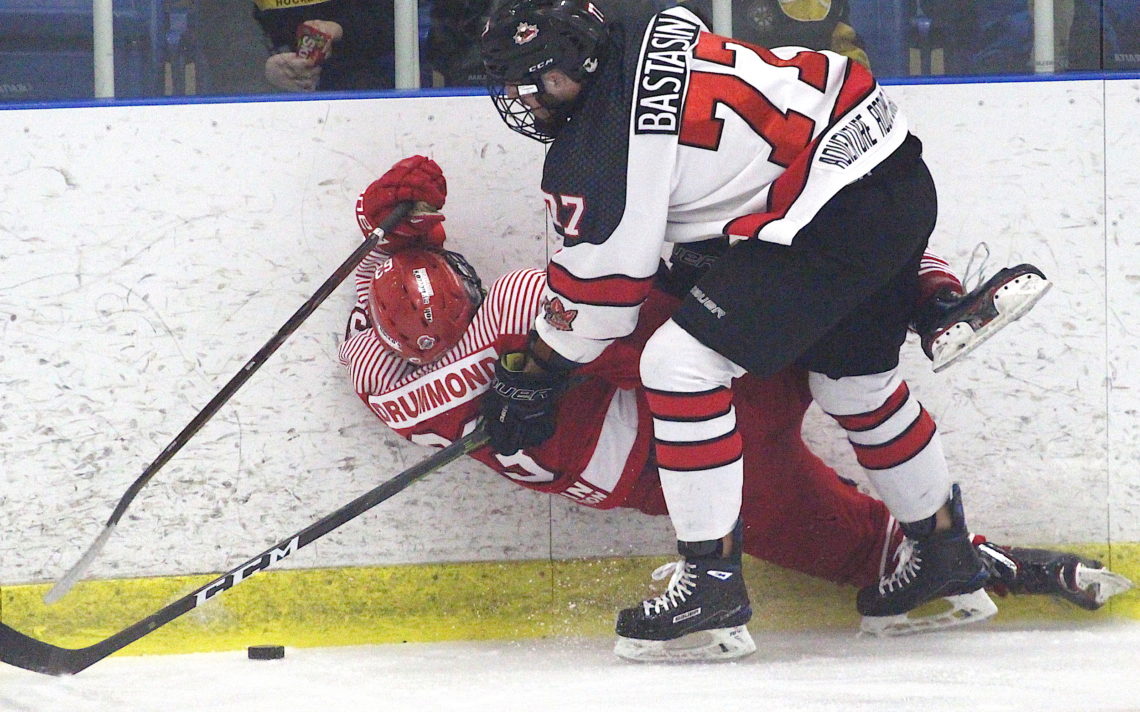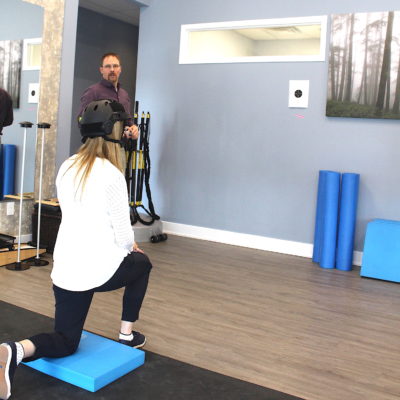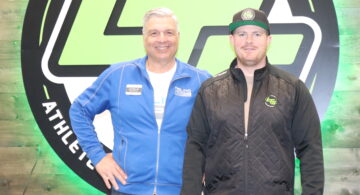
New concussion strategy announced
A local concussion care expert describes a new concussion strategy unveiled last week as fantastic.
“They ticked all the right boxes in terms of what should be done actively both before the athlete gets the concussion and after in terms of management of acute and post-concussion syndrome,” said Dr. Oliver Trochta, of Brock Pro Health, which provides complete concussion care.
The Canadian Olympic and Paralympic Sport Institute Network, Own the Podium, Canadian Olympic Committee and Canadian Paralympic Committee created standardized sport-related concussion guidelines to protect and assess athletes’ health and safety.
“The purpose of this is to provide a standardized approach to concussion recognition, assessment and management so a high-performance athlete will receive the same level of care across the country,” said Dr. Brian Benson, Chief Medical Officer and Director of Sport Medicine, Canadian Sport Institute Calgary and Benson Concussion Institute on the CBC News website.
The plan is to ensure policy, protocol and education programs are current and ready to deal with concussions, codes of conduct and both the removal and return to sport when an athlete suffers a concussion.

The guidelines include: high-risk athletes completing pre-season clinical assessments under a physician’s supervision; athletes being removed from training or competition for immediate evaluation when a concussion is suspected; if an athlete suffers a severe head or spine injury, transportation to the closest emergency department for assessment; and, criteria for concussion management and the conditions that must be met before a concussed athlete can return to action.
“This one goes above and beyond and recommends baseline testing,” Trochta said. “Before, baseline testing was seen as not clinically necessary by those who didn’t necessarily do it themselves as clinicians and because there was an added cost at the junior athlete level.
He feels the baseline testing is a small price to pay.
“It’s not that expensive now in terms of the outlay that most of the parents are willing to make for their children to participate in a sport,” Trochta said.
At Brock Pro Health, the cost of baseline testing is $70 per athlete if they come as a team. If a team has 100 per cent participation in the testing, Brock Pro Health will give back $20 per player to the team or the association.
“That way they can fund travel tournaments or any other kind of fundraising that they may have,” Trochta said.
At Brock Pro Health, baseline testing includes: cognitive function, use of elements of SCAT5 (Sport Concussion Assessment Tool); looking at short- and long-term memory; balance; grip strength; reaction time; the eye’s ability to locate and fixate on an object in the field of vision; and, an impact test for athletes over than 13.
“Where the baseline testing comes in handy is when they (concussed athletes) are at the end of their rehabilitation and we are making decisions on when and how to return to play,” Trochta said.
He feels great strides have been made in the area of concussion policy, but there is still work to be done.
“Having had discussions with local physician’s offices and local physician groups, we are finding follow-up and lost follow-up is the biggest problem right now on top of the problem of concussions themselves,” Trochta said.
Most concussions will eventually resolve on their own, but 15 per cent or more of concussions may go on to post-concussion syndrome with symptoms remaining or getting worse after 30 days.
“If that occurs, that is a different management strategy because you have to figure out the underlying causes of why that is remaining,” he said. “If the athlete continues on into post-concussion and they don’t necessarily discuss it with their coach, trainer, therapist or parent, they are not being followed.”
Trochta is hoping the changes trickle down to all levels of sport.
“This is probably the most comprehensive recent guideline and it will be updated every year which is very important, he said. “As a parent of four children in hockey — two of them travel — my sincere hope is that they should and they would but ultimately, it is up to the association’s board and their directors.”
To see, the guidelines, visit http://www.ownthepodium.org/getattachment/Initiatives/Sport-Science-Innovation/2018-COPSI-Network-Concussion-Guidelines/2018-COPSI-Network-Concussion-Guidelines-EN-(2).pdf.aspx?lang=en-CA

























